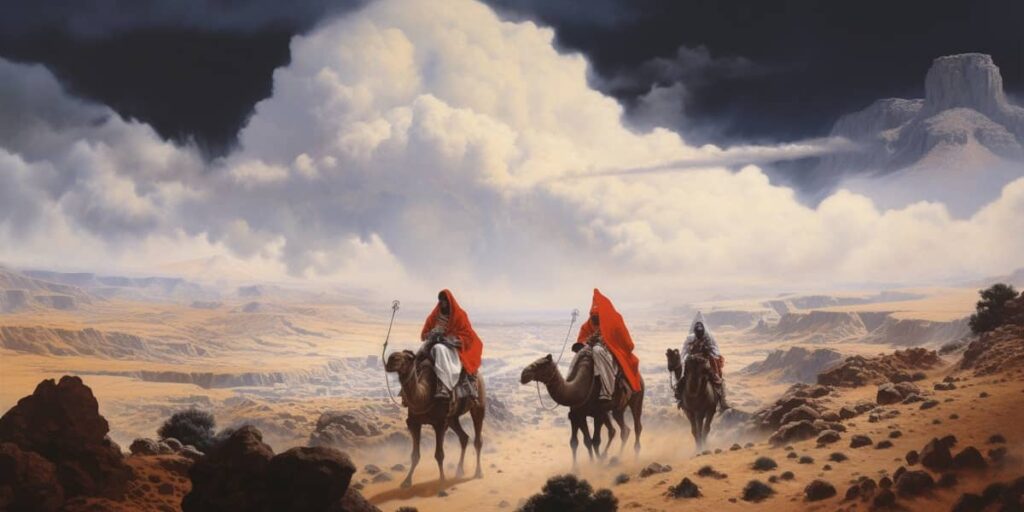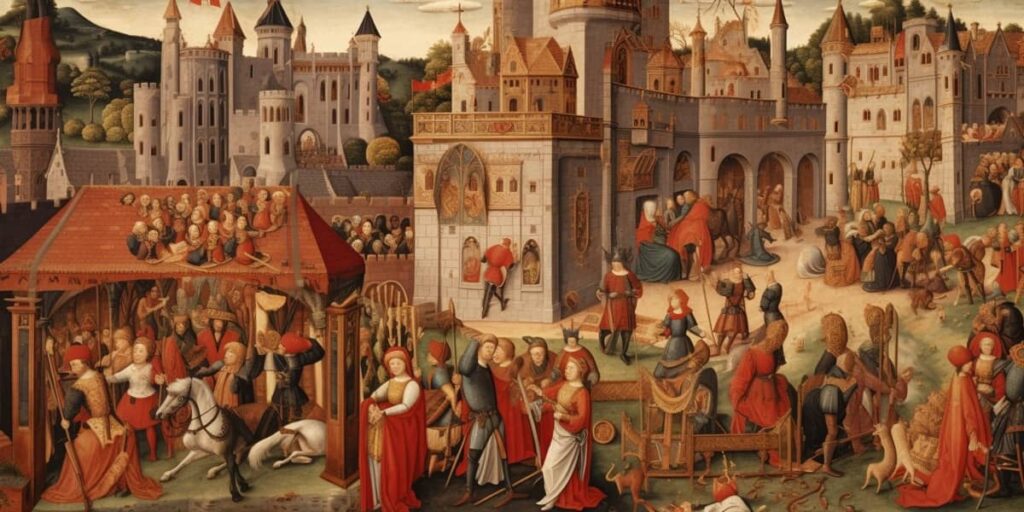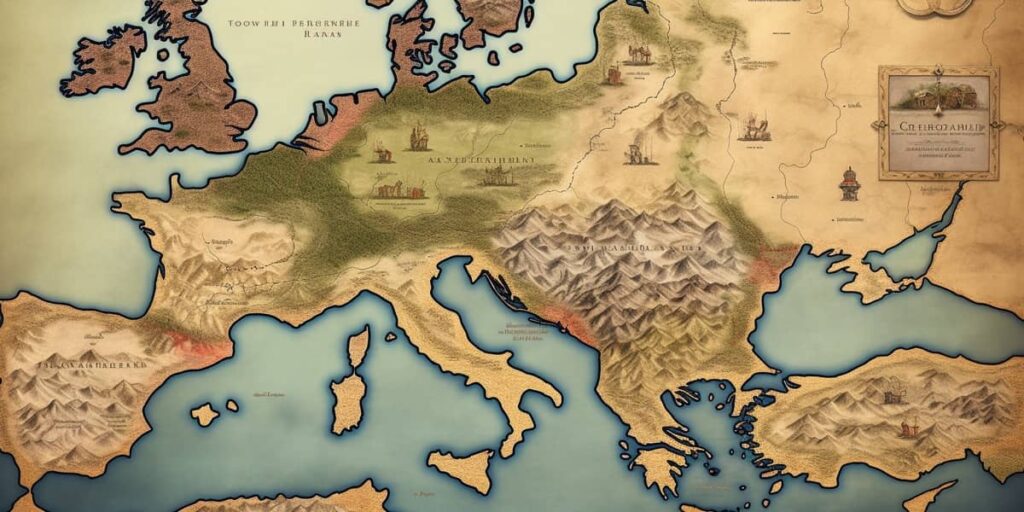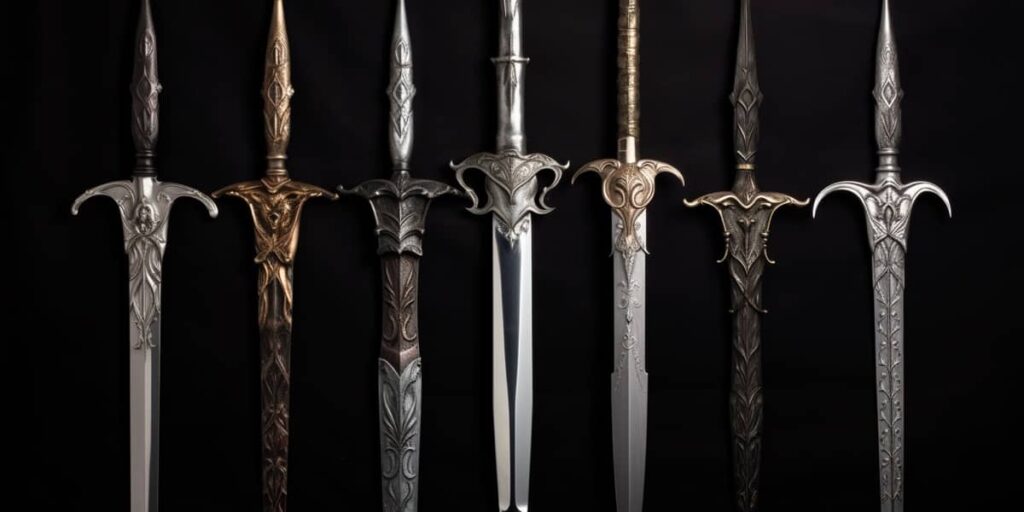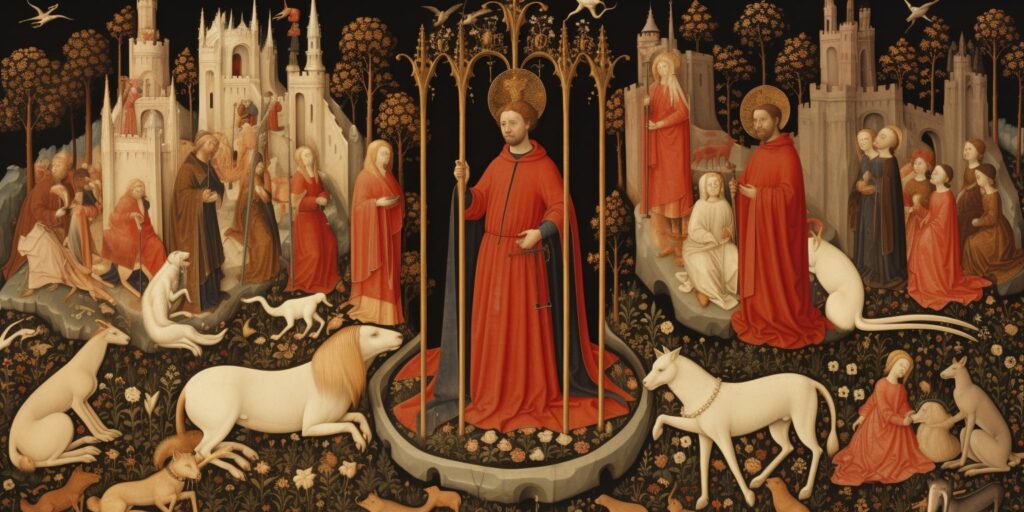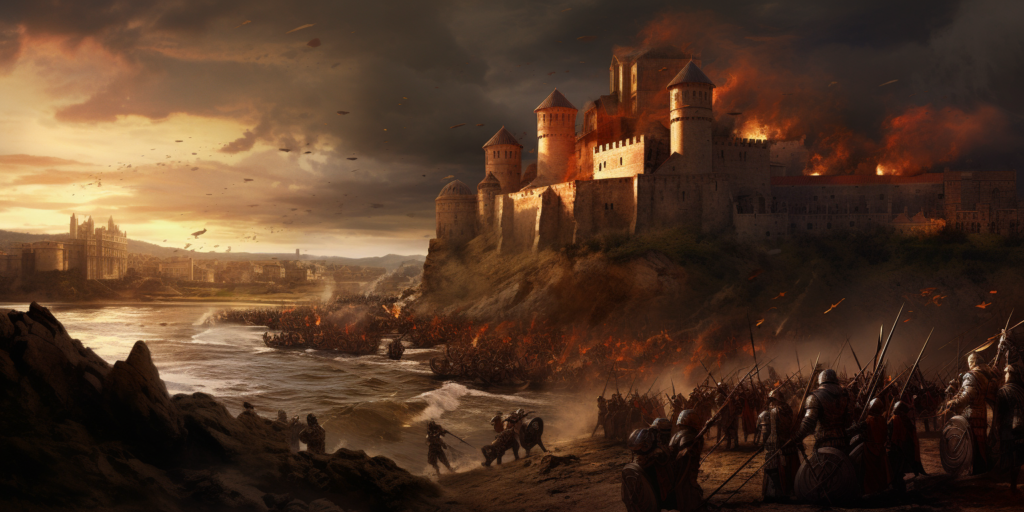The 8th Crusade: Objectives and Outcomes
The 8th Crusade was a significant military campaign that took place in the Holy Land in the 13th century. Led by French King Louis IX, the crusade aimed to reclaim Jerusalem and defend Christian interests in the region. The campaign also saw a notable detour to Tunisia before returning to the Holy Land. In this […]
The 8th Crusade: Objectives and Outcomes Read More »


